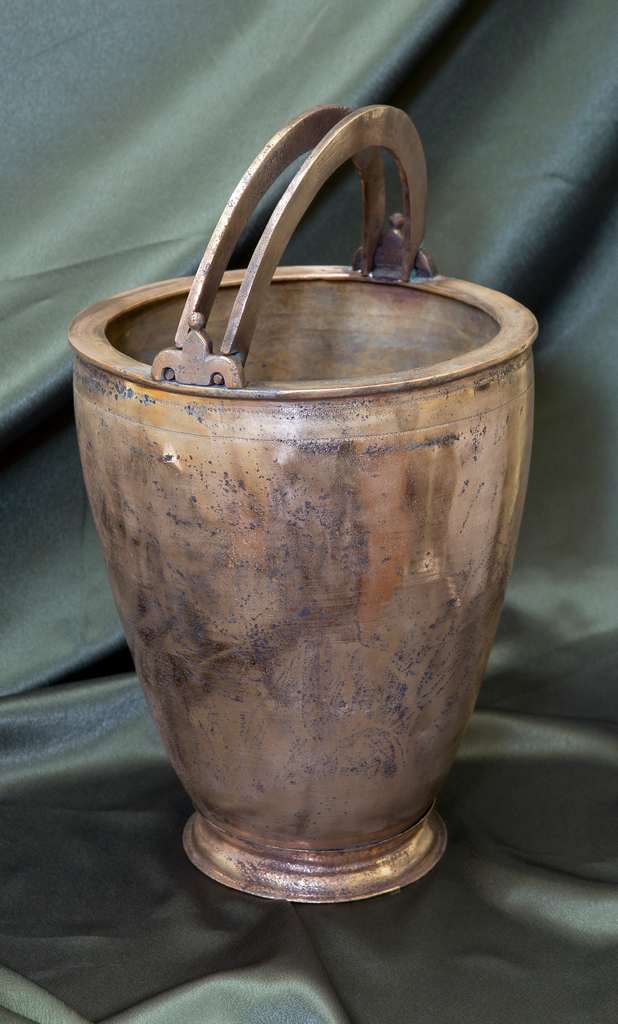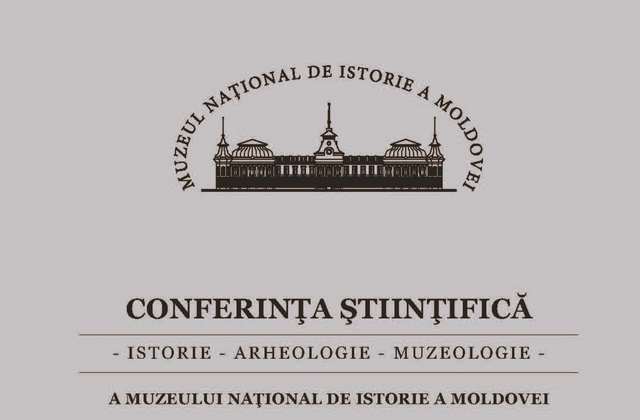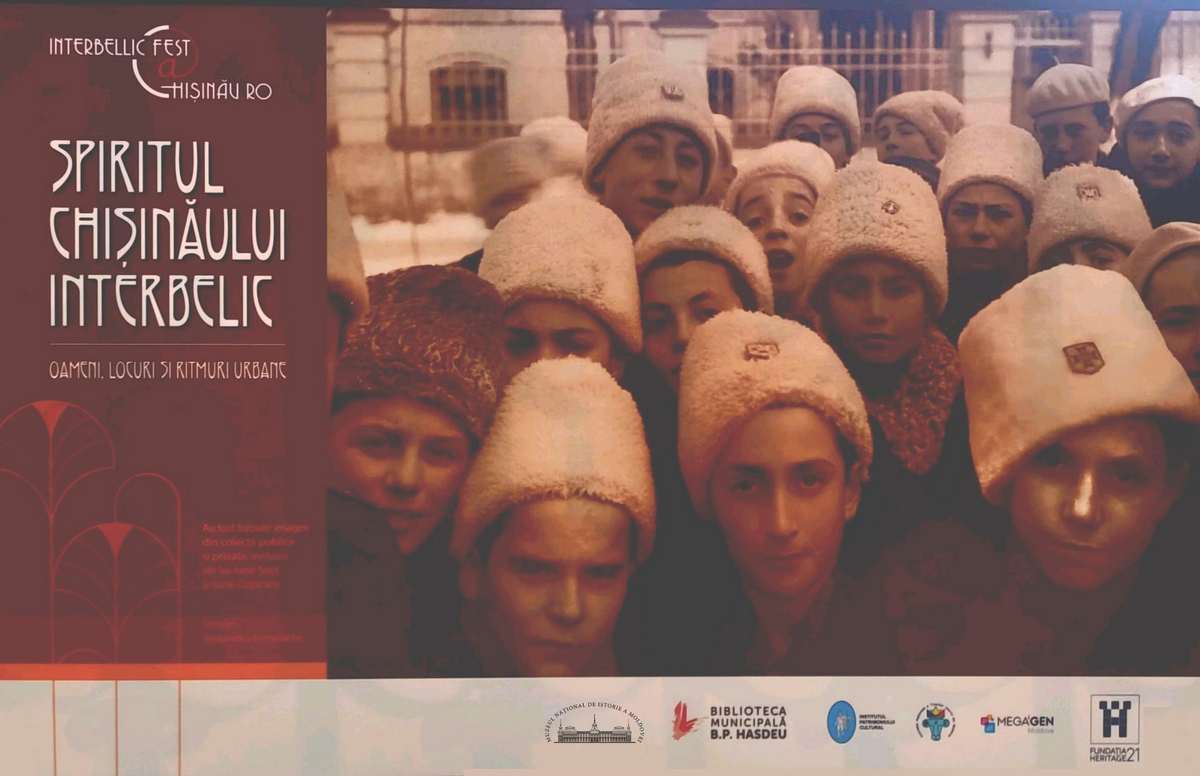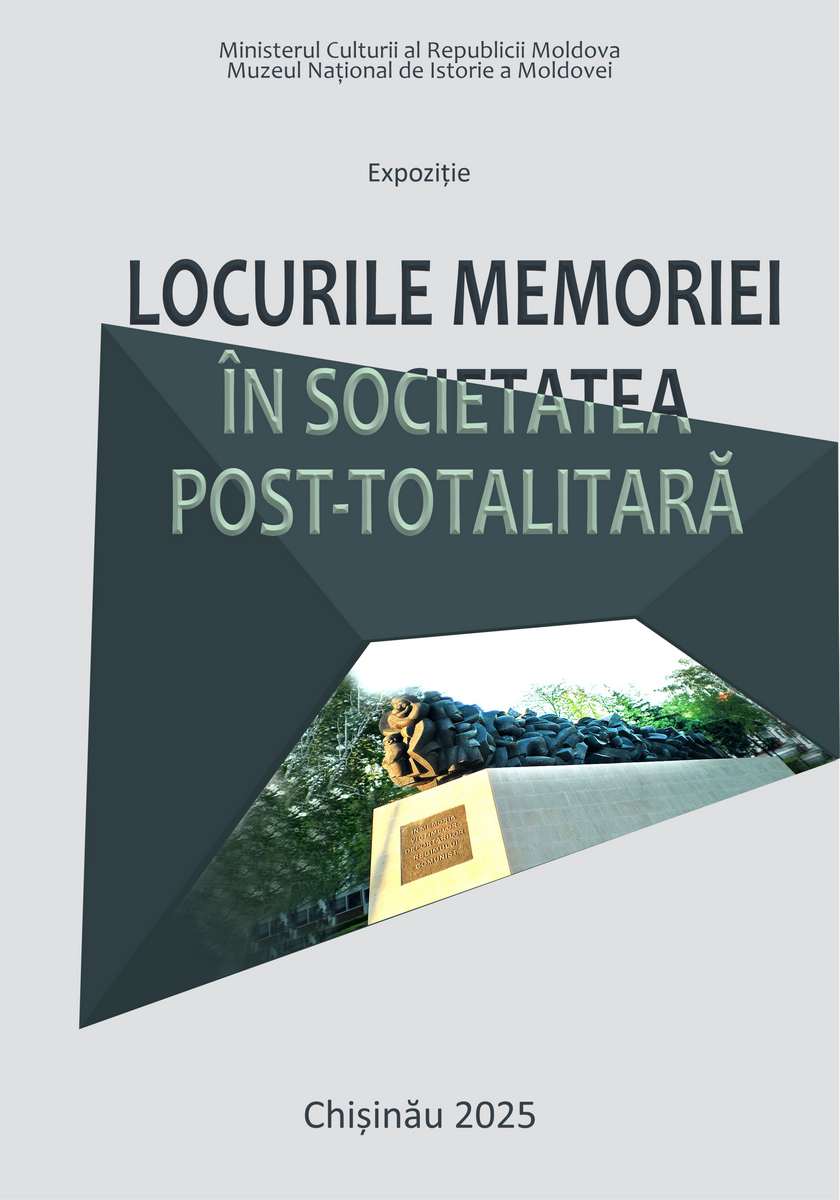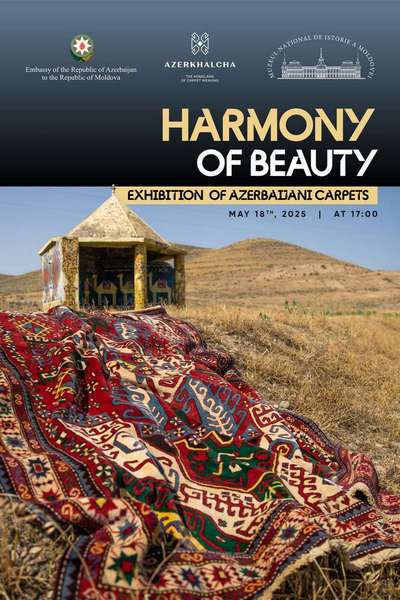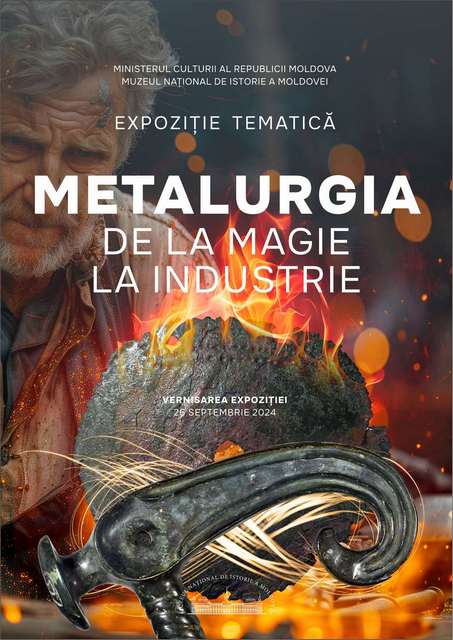  Events Archive Events Archive
National Session of Reports - Archaeological research in the Republic of Moldova, Campaign 2023
April 19, 2024
 On April 19, 2024, under the auspices of the Ministry of Culture and the National Archeology Commission, the National Report Session - Archaeological Research in the Republic of Moldova for the 2023 Campaign took place. The scientific event was organized in collaboration between the National Archeology Agency and the National Museum of History of Moldova, to coincide with the International Day of Monuments and Sites, celebrated on April 18 On April 19, 2024, under the auspices of the Ministry of Culture and the National Archeology Commission, the National Report Session - Archaeological Research in the Republic of Moldova for the 2023 Campaign took place. The scientific event was organized in collaboration between the National Archeology Agency and the National Museum of History of Moldova, to coincide with the International Day of Monuments and Sites, celebrated on April 18 During the session of archaeological reports, held at the National Museum of History of Moldova, a total of 31 scientific communications were presented. These covered the preventive and/or rescue archaeological research, coordinated by the National Archeology Agency, highlighting Eneolithic sites associated with the Cucuteni-Tripolie culture Vadul lui Vodă I and Glinjeni X, as well as archaeological sites such as the stratified fortified settlement Butuceni I - Cetătuie, the linear fortification Val lui Traian de Sus and mound 16 from Corjeuți. Also, preventive and systematic investigations from Chisinau and Cetatea Sorocii were presented, coordinated by dr.hab. Sergiu Musteață and Dr. Ion Ursu, who had significant results. Among the communications related to systematic research, those related to the investigations coordinated by Dr. Aurel Zanoci and Dr. Mihai Băț, focused on representative sites in the Saharna microzone, dating from the first and second Iron Age, stood out. Also, a communication of interest raised by Dr. Octavian Munteanu was presented, regarding the excavations and interdisciplinary research carried out by a joint Moldavian-German team in the Poienești-Lucașeuca type settlement (2nd-1st century BC) of at Ivancea-Sub Pădure. Original results were also presented by Dr. Ghenadie Sîrbu regarding the research in the Eneolithic site at Trinca-La Șant (Edineț district) and the paleobotanical explorations at Caracușenii Vechi (Briceni district), carried out as part of a Moldovan-German project. A particularly valuable discovery was a pottery kiln with reverberation discovered in the late Eneolithic site of Sângerei X I - Chirileni III, through research coordinated by archaeologist Veaceslav Bicbaev last fall, a complex that is to be preserved, transported and exhibited at the Museum of History and Ethnography from Sangerei. Among the fortuitous archaeological discoveries, a complex with ceramic vessels from the 2nd century AD stands out. from Mereni (Anenii Noi district) and, in particular, a burial tomb from the 10th - 12th centuries from Valea Mare (Ungheni district), which included several pieces of ornament and port, some being unique for the Carpatho-Dniester area. Also, in the previous year, a wooden boat was discovered in Puhăceni (Anenii Noi district), dated by C14 analyzes to the 18th century.
|




